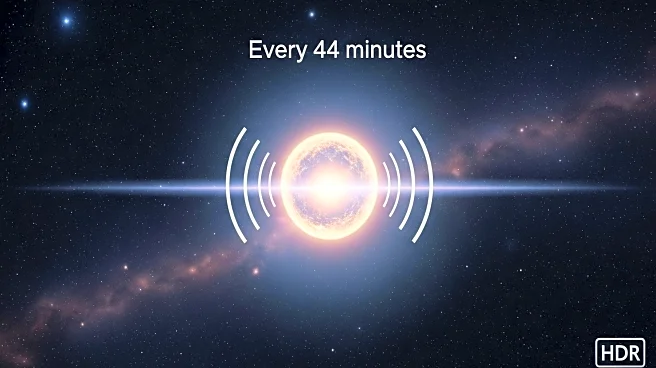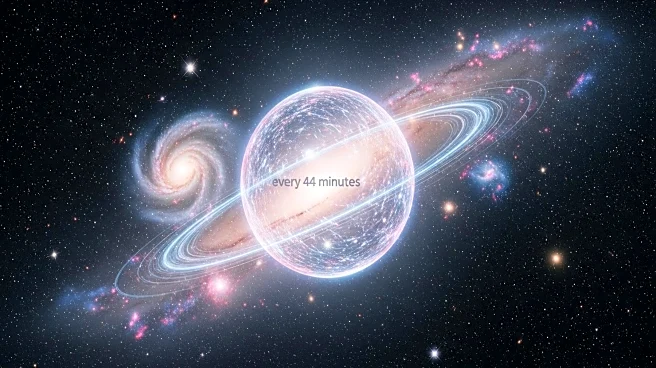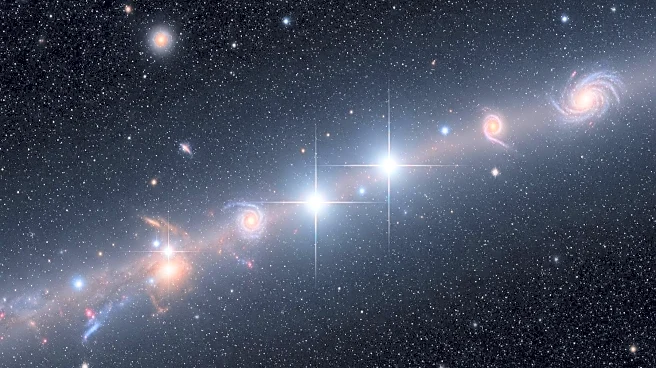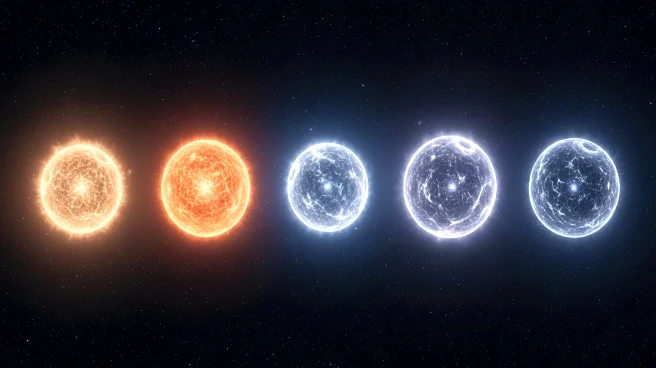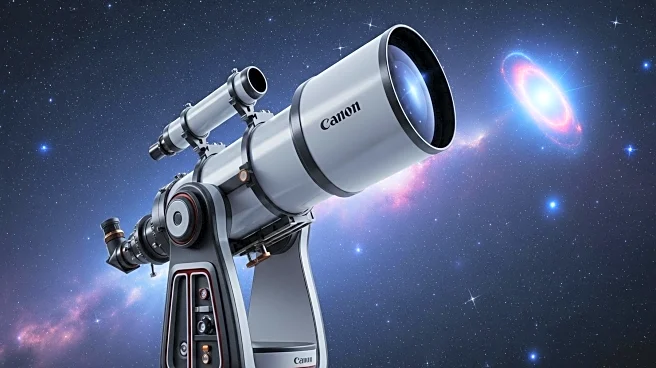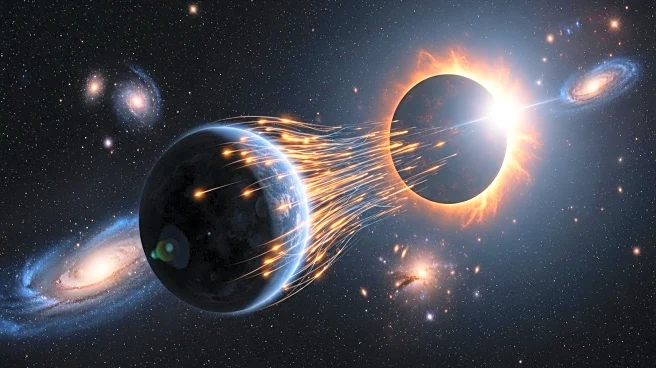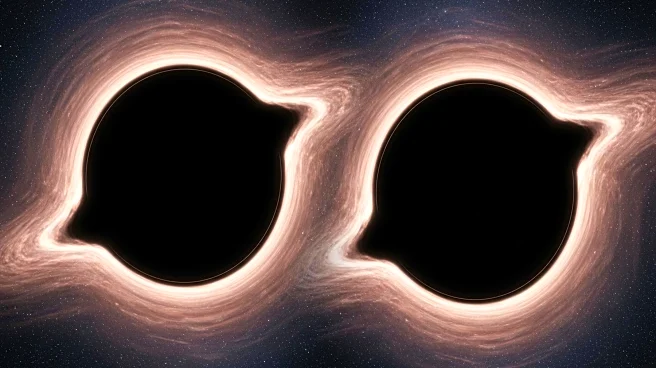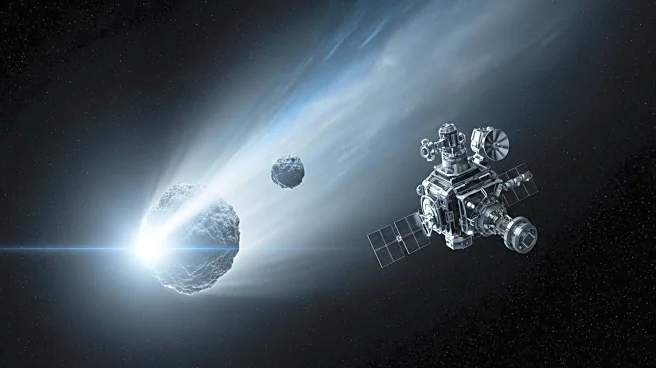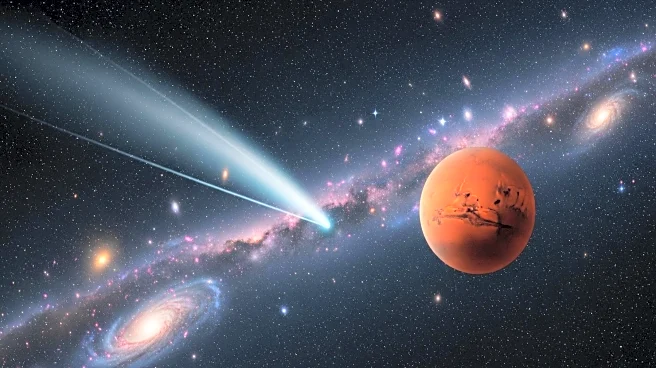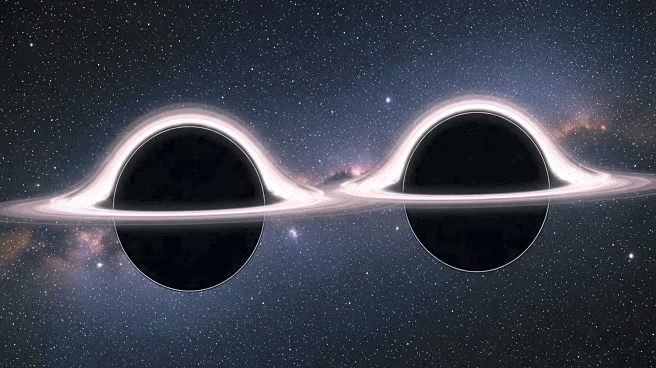What's Happening?
Scientists have identified a strange object in space, designated ASKAP J1832-0911, which emits radio waves and X-ray bursts toward Earth every 44 minutes. This discovery was made using the Australian Square Kilometre Array Pathfinder telescope, which detected regular emissions lasting precisely two minutes each. The object is located 16,000 light-years from Earth and challenges conventional astronomical models due to its unique emission cycle. The simultaneous observation of radio and X-ray emissions was confirmed by NASA's Chandra X-ray Observatory, providing valuable insights into the object's nature.
Why It's Important?
The discovery of ASKAP J1832-0911 is significant as it challenges existing theories of stellar evolution and magnetic field interactions. It represents a rare category known as long-period transients, which are less than ten catalogued objects in the observable universe. Understanding these phenomena could lead to new insights into stellar remnants and the dynamics of binary star systems. The findings may require substantial modifications to current models of stellar evolution, potentially revealing new phases of cosmic phenomena.
What's Next?
Further research is needed to unravel the mystery of ASKAP J1832-0911. Scientists anticipate that this discovery could lead to the identification of additional long-period transients, expanding our understanding of stellar evolution. Advanced space missions and innovative observation techniques will continue to enhance our capabilities in detecting and studying these phenomena. The implications for astrophysics are profound, as they may necessitate revisions to textbooks and theories regarding the formation of neutron stars, black holes, and other exotic remnants.
Beyond the Headlines
The discovery of ASKAP J1832-0911 opens new windows into previously unknown physical processes operating within extreme cosmic environments. It highlights the importance of continued investment in space-based observation technologies, which can lead to groundbreaking discoveries and a deeper understanding of the universe's most extreme environments.
